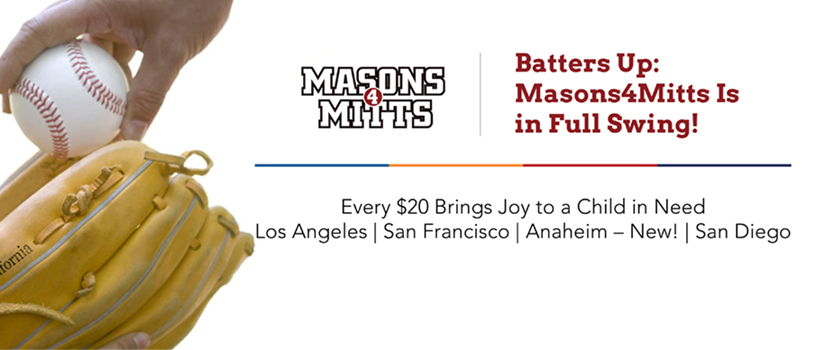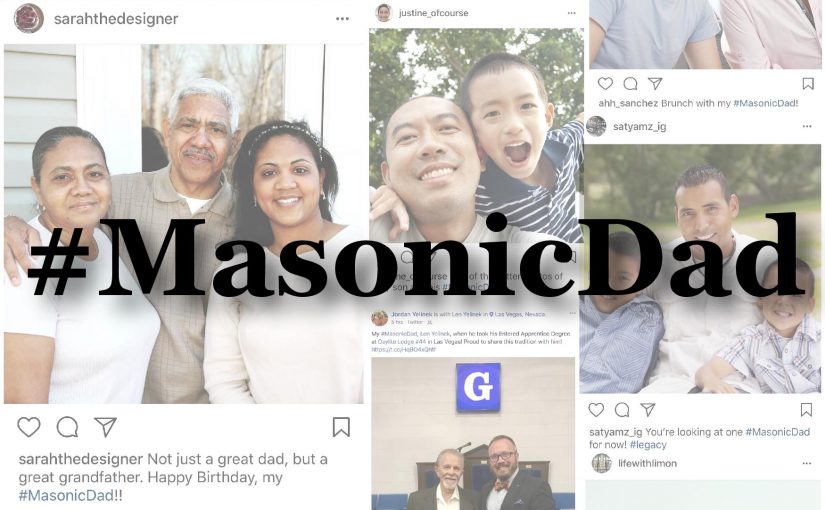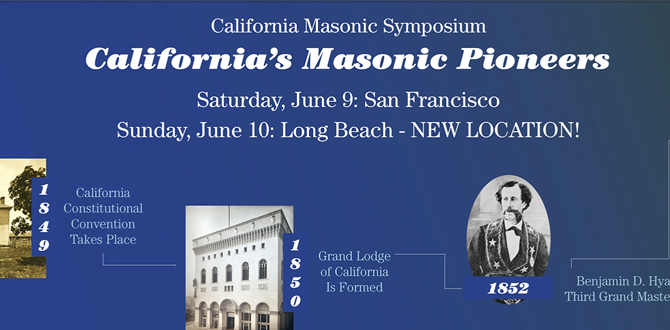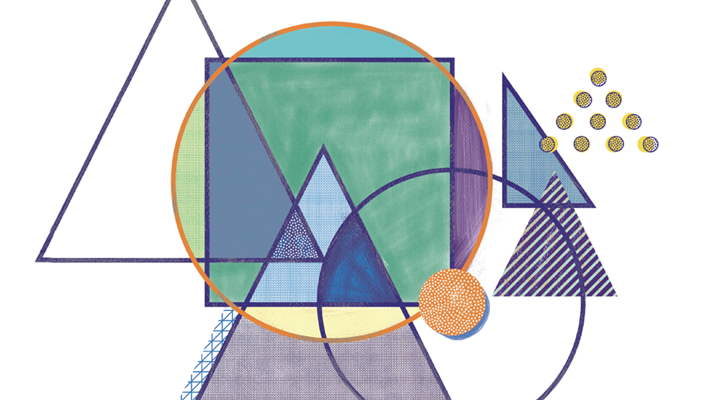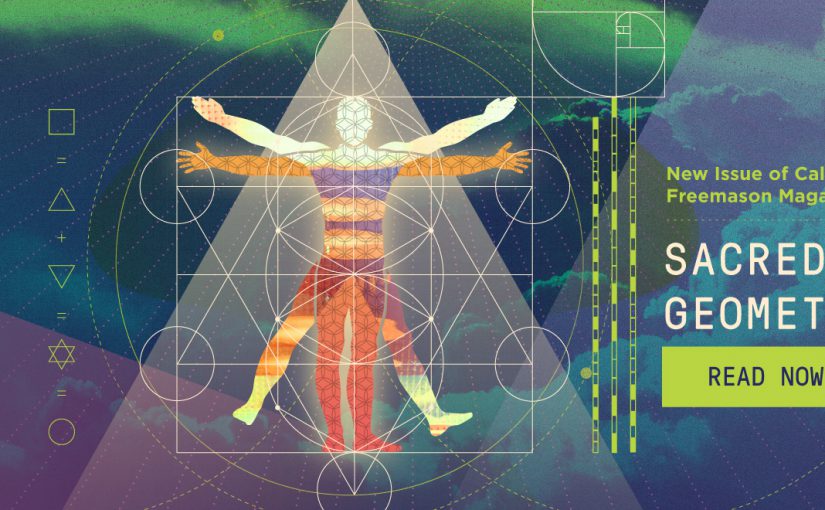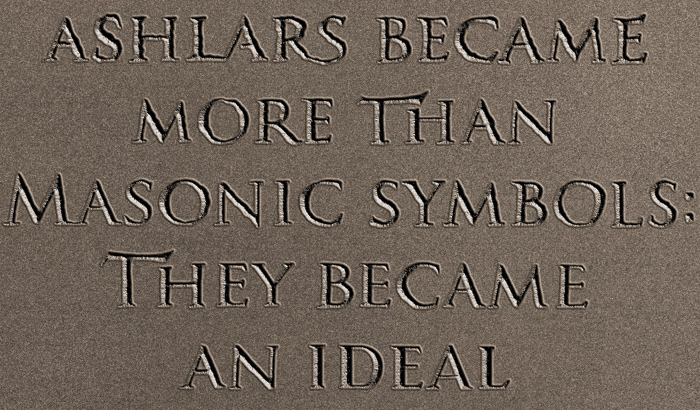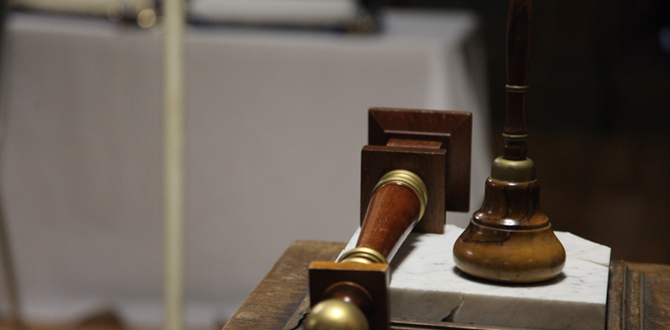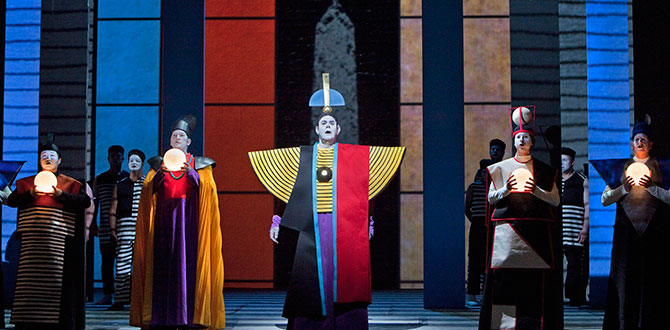A NEW LODGE IN SOUTHERN CALIFORNIA BLENDS A RICH CULTURAL HERITAGE WITH LOVE FOR COMMUNITY
By Drea Muldavin-Roemer
When called for an interview, Alfred Isagulyan of Raven’s Rock Lodge, U.D. is walking up the stairs. His energy is palpable. He explains that he is out of breath from the incline, yes, but also because he is so excited to talk about his lodge. Raven’s Rock Lodge, which is currently under constitution, opened its doors on June 10, 2017. It has since been busy producing local events that revolve around education and the arts, aiming to lift the community while staying true to Masonic tenets and traditions.
 “It’s all in the name of Masonry,” says Isagulyan, who is the current lodge secretary. He explains that one of the main reasons for forming this lodge was to bring the fire back to the community, creating sparks of positivity that would effect far-reaching change on a local level, as well as in the world beyond. “We wanted to start creating action to benefit society more,” he says. “We’ve been very passive lately… as a society, and within Masonry.” Fellow members echo Isagulyan’s passion and commitment. They agree that Masonry has made them better men and they hope to see the lodge better their community.
“It’s all in the name of Masonry,” says Isagulyan, who is the current lodge secretary. He explains that one of the main reasons for forming this lodge was to bring the fire back to the community, creating sparks of positivity that would effect far-reaching change on a local level, as well as in the world beyond. “We wanted to start creating action to benefit society more,” he says. “We’ve been very passive lately… as a society, and within Masonry.” Fellow members echo Isagulyan’s passion and commitment. They agree that Masonry has made them better men and they hope to see the lodge better their community.
The idea of Raven’s Rock Lodge came about when Isagulyan sat down to lunch with his good friend Jordan Yelinek, a fellow Freemason. Right then a spark was ignited. “It was exciting just knowing we could go through the steps and create something beautiful,” Isagulyan says. “A big light opened up in my mind.” The idea of building a lodge that was totally new, from the ground up, was too energizing to ignore, so he went back to his close friends (all fellow Freemasons) and asked if they wanted to form a lodge together, grounded in their existing relationships with Masonry and each other. “Our approach in Masonry is not about titles or positions,” he says. “In the end, we are friends that are trying to create this change and keep this fire in the community. We are channeling our energy now in our lives, and we have a lot of it.”
Though the idea of the lodge came about naturally and the brothers’ roots are firmly planted, building this lodge has been a huge undertaking for the friends. “In creating the lodge, we learned more about Masonry. Welearned how things get created and the energy that requires,” Isagulyan says. “It has been a rollercoaster ride of feelings. We have felt at times like, ‘Are we doing this right?’ But then we see our work in action and we feel it in action!”
 One way that the brothers have been able to see and feel the impact of their work is through their immediate community of friends, family, and local public schools. Raven’s Rock Lodge is predominantly Armenian, which is more a matter of location than intention. Most of its members live in Glendale, a city with one of the largest populations of people of Armenian descent in the United States. The lodge welcomes people of all ethnic, cultural, and religious backgrounds. Its international and local membership includes brothers who maintain memberships in other lodges, as well. Without negating the benefits of such diversity, having so many members living in the same city is a strong suit; it makes it easy for brothers to witness their efforts at the end of the day.
One way that the brothers have been able to see and feel the impact of their work is through their immediate community of friends, family, and local public schools. Raven’s Rock Lodge is predominantly Armenian, which is more a matter of location than intention. Most of its members live in Glendale, a city with one of the largest populations of people of Armenian descent in the United States. The lodge welcomes people of all ethnic, cultural, and religious backgrounds. Its international and local membership includes brothers who maintain memberships in other lodges, as well. Without negating the benefits of such diversity, having so many members living in the same city is a strong suit; it makes it easy for brothers to witness their efforts at the end of the day.
The lodge helps members stay engaged by combining their personal and charitable interests. For instance, because several of the lodge’s members are proud classic car owners, they will host a car show in May from which all proceeds will benefit a local elementary school. If all goes well, they plan to hold similar events at other schools in the future. “We’re trying to keep it fun while benefitting our community,” Isagulyan says.
Last October they included their Armenian heritage in this approach, producing a cultural performance, “Khachaturian on Brand.” At this free event, open to the public, a string quartet played the songs of the late Armenian composer Aram Khachaturian while a local ballet danced to the music. “Khachaturian on Brand” was a local success, and was even covered by the Armenian media. It will now be an annual event. It was such an undertaking that beforehand the lodge worried about being able to pull it off. But, the lodge came together and made it happen. Their success reinvigorated their motivation to do more.
In addition to local events, Raven’s Rock Lodge has done work abroad. They recently planted 70 trees in Armenia, which will someday become a Masonic garden. This act is emblematic of the lodge’s overall intentions: to plant seeds and encourage growth, all over the world. Through the tenets of traditional Masonry, working both locally and internationally, Raven’s Rock Lodge has a long vision and a broad scope. “We’re trying to think big,” Isagulyan says. “We’re trying to make a real impact.”
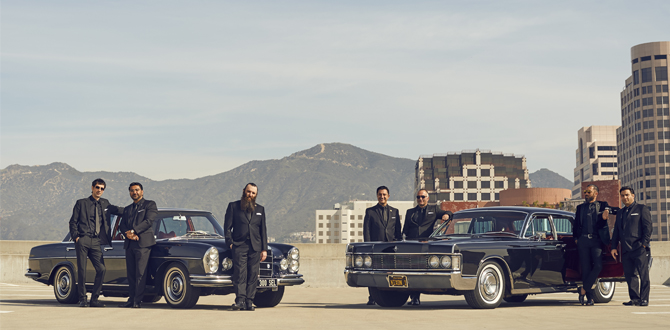
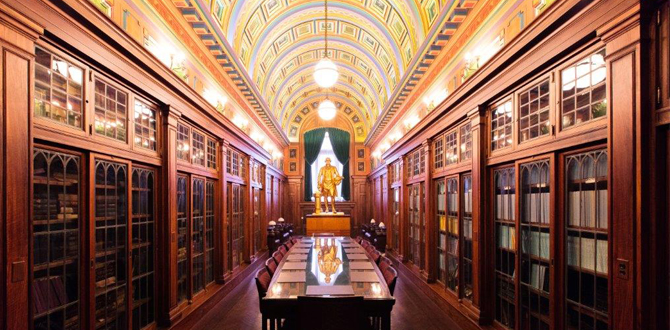

 Take an awe-inspiring tour of John Russell Pope’s breathtaking architecture, including the two 17-ton sphinxes that adorn the building’s entrance and the magnificent dome ceiling of the Temple Room, which soars 100 feet above the altar. You’ll also be dazzled by a good amount of Masonic memorabilia in the mini-exhibits throughout the interior.
Take an awe-inspiring tour of John Russell Pope’s breathtaking architecture, including the two 17-ton sphinxes that adorn the building’s entrance and the magnificent dome ceiling of the Temple Room, which soars 100 feet above the altar. You’ll also be dazzled by a good amount of Masonic memorabilia in the mini-exhibits throughout the interior. This impressive Masonic temple was built in 1873 and serves as the meeting place of the Grand Lodge of New York. Among its 15 immaculately restored event spaces are the fresco-embellished Renaissance Room and star-adorned Gothic Room. Its 14th floor houses the Chancellor Robert R. Livingston Library and Museum, which includes more than 60,000 volumes detailing Masonic history, philosophy, and symbolism.
This impressive Masonic temple was built in 1873 and serves as the meeting place of the Grand Lodge of New York. Among its 15 immaculately restored event spaces are the fresco-embellished Renaissance Room and star-adorned Gothic Room. Its 14th floor houses the Chancellor Robert R. Livingston Library and Museum, which includes more than 60,000 volumes detailing Masonic history, philosophy, and symbolism. Constructed in 1873, it is filled with intricate ornamentation representing Masonic philosophy, symbolism, values, and history. Its museum counts among its many treasures the Masonic apron worn by United States President George Washington in the 18th century. Take a selfie with the bigger-than-life bronze statues of George Washington and Benjamin Franklin in front of the building.
Constructed in 1873, it is filled with intricate ornamentation representing Masonic philosophy, symbolism, values, and history. Its museum counts among its many treasures the Masonic apron worn by United States President George Washington in the 18th century. Take a selfie with the bigger-than-life bronze statues of George Washington and Benjamin Franklin in front of the building. You can’t miss it – its architecture and interior garden sets it apart from its surroundings. Cool down from the hot sun with a tour of the lovely Alhambra Theater and more.
You can’t miss it – its architecture and interior garden sets it apart from its surroundings. Cool down from the hot sun with a tour of the lovely Alhambra Theater and more.